



Biofuel is defined as solid, liquid or gaseous fuel derived from relatively recently dead biological material and is distinguished from fossil fuels, which are derived from long dead biological material. Theoretically, biofuels can be produced from any (biological) carbon source; although, the most common sources are photosynthetic plants. Various plants and plant-
There are two common strategies of producing agrofuels. One is to grow crops high in sugar (sugar cane, sugar beet, and sweet sorghum) or starch (corn/maize), and then use yeast fermentation to produce ethyl alcohol (ethanol). The second is to grow plants that contain high amounts of vegetable oil, such as oil palm, soybean, algae, jatropha, or pongamia pinnata. When these oils are heated, their viscosity is reduced, and they can be burned directly in a diesel engine, or they can be chemically processed to produce fuels such as biodiesel. Wood and its byproducts can also be converted into biofuels such as woodgas, methanol or ethanol fuel. It is also possible to make cellulosic ethanol from non-
Biomass
Biomass is material derived from recently living organisms. This includes plants, animals and their by-
Biomass is made from many types of waste organic matter (both animal and vegetable) such as crop stalks, tree thinning, wooden pallets, construction waste, chicken and pig waste, agricultural waste and lawn trimmings.
It is used to produce power, heat & steam and fuel, through a number of different processes. Although renewable, biomass often involves a burning process that produces emissions such as Sulphur Dioxide (SO2), Nitrogen Oxide (NOX) and Carbon Dioxide (CO2), but fortunately in quantities far less than those emitted by coal plants.
Animal waste is a persistent and unavoidable pollutant produced primarily by the animals housed in industrial sized farms. Researchers from Washington University have figured out a way to turn manure into biomass. In April 2008 with the help of imaging technology they noticed that vigorous mixing helps microorganisms turn farm waste into alternative energy, providing farmers with a simple way to treat their waste and convert it into energy.
There are also agricultural products specifically grown for biofuel production including corn, switchgrass, and soybeans, primarily in the United States; rapeseed, wheat and sugar beet primarily in Europe; sugar cane in Brazil; palm oil and miscanthus in South-
Energy from bio waste
Using waste biomass to produce energy can reduce the use of fossil fuels, reduce greenhouse gas emissions and reduce pollution and waste management problems. A recent publication by the European Union highlighted the potential for waste-
Landfill sites generate gases as the waste buried in them undergoes anaerobic digestion. These gases are known collectively as landfill gas (LFG). This is considered a source of renewable energy, even though landfill disposal is often non-
If landfill gas is not harvested, it escapes into the atmosphere: this is undesirable because methane is a greenhouse gas with much more global warming potential than carbon dioxide. Over a time span of 100 years, one ton of methane produces the same greenhouse gas (GHG) effect as 23 tons of CO2. When methane burns, it produces carbon dioxide in the ratio 1:1 -
It was recently discovered that living plants also produce methane. The amount is 10 to 100 times greater than that produced by dead plants in an aerobic environment but does not increase global warming because of the carbon cycle.
Anaerobic digestion can be used as a waste management strategy to reduce the amount of waste sent to landfill and generate methane, or biogas. Any form of biomass can be used in anaerobic digestion and will break down to produce methane, which can be harvested and burned to generate heat, power or to power certain automotive vehicles.
A current project for a 1.6 MW landfill power plant is projected to provide power for 880 homes. It is estimated that this will eliminate 3,187 tons of methane and directly eliminate 8.756 tons of carbon dioxide release per year. This is the same as removing 12,576 cars from the road, or planting 15,606 trees, or not using 359 rail cars of coal per year.
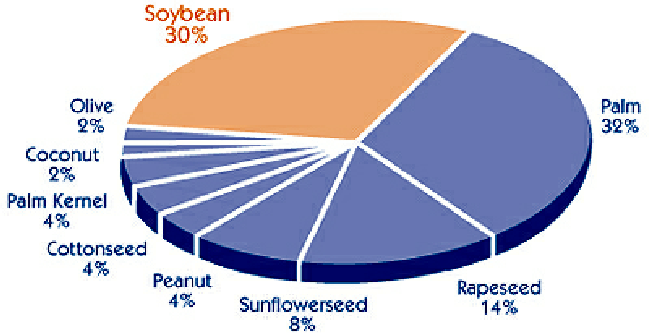
Current breakdown of the world bio fuel crops.
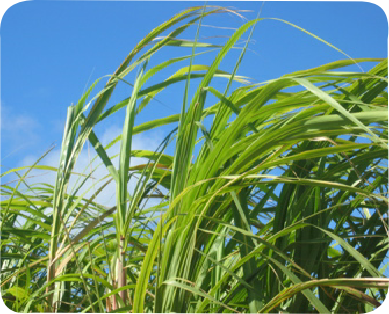
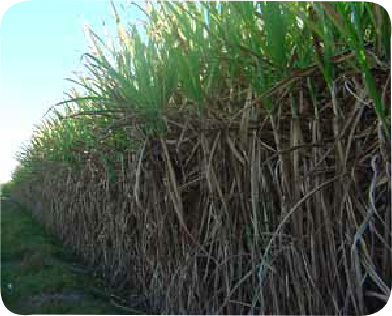
Sugarcane is one of the richest bio fuels available in the world today. Easy to grow and easy to convert to energy makes it a favorite among developing countries like Brazil. Who convert millions of tons of the product into ethanol fuel for their vehicles.
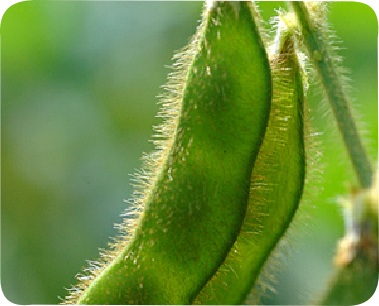
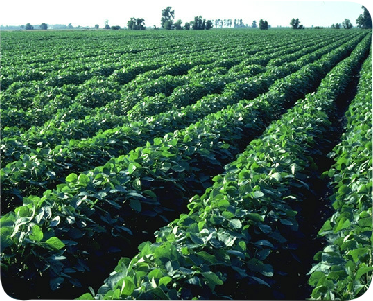
Soybean is one of the United States leading crops.
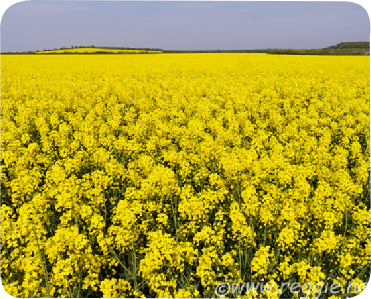
Rapeseed field in India.

Palm ranks 2nd in overall adaptability in being converted to a bio fuel because of its abundance and ease of conversion.
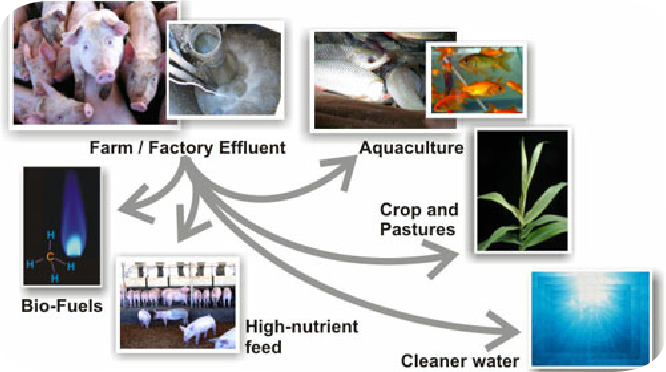
Illustration showing the applications of converting animal waste.
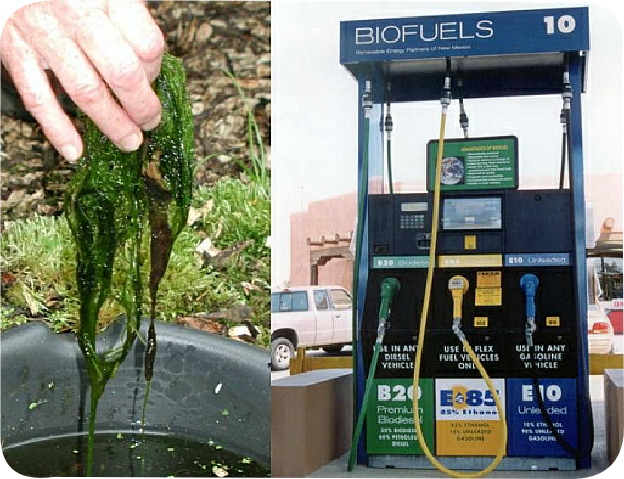

Sunflower crop being grown in the United States for use as a bio fuel.
Liquid fuels for transportation
Most transportation fuels are liquids, because vehicles usually require high energy density, as occurs in liquids and solids. Vehicles usually need high power density as can be provided most inexpensively by an internal combustion engine. These engines require clean burning fuels, in order to keep the engine clean and minimize air pollution.
The fuels that are easier to burn cleanly are typically liquids and gases. Thus liquids (and gases that can be stored in liquid form) meet the requirements of being both portable and clean burning. Also, liquids and gases can be pumped, which means handling is easily mechanized, and thus less laborious.
A bio fuel fueling station demonstrating the ease of implementation of infrastructures of this alternative fuel approach.
